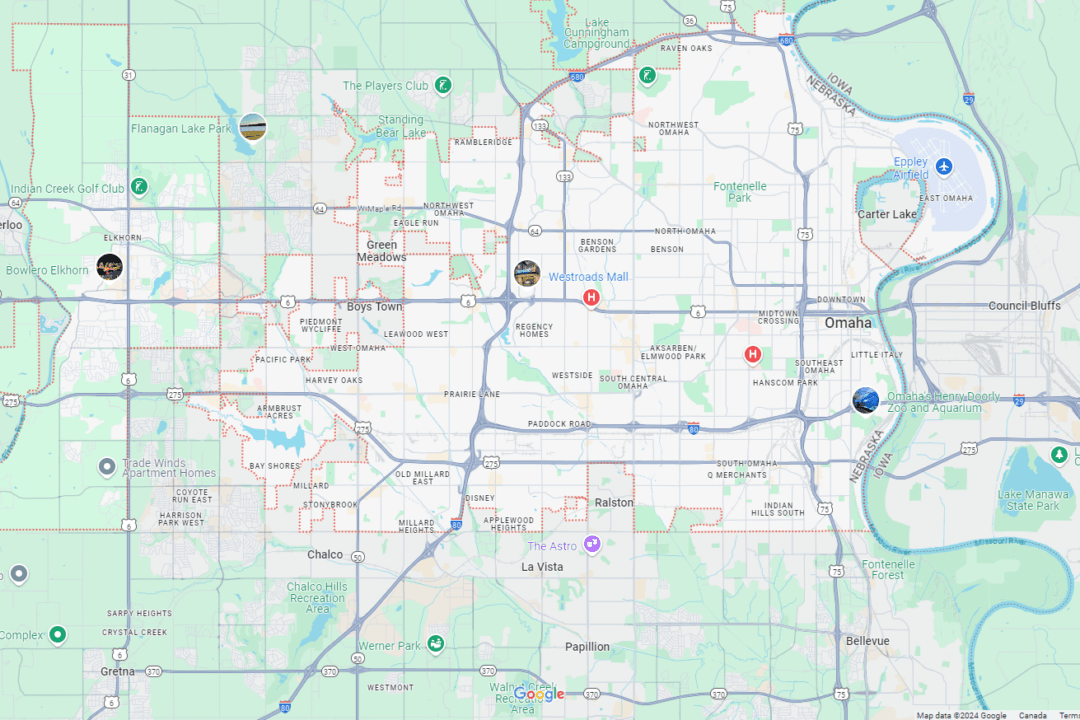A federal report says a viral outbreak that killed 11 children at a New Jersey nursing home was made worse because those in charge didn’t plan for such an outbreak and didn’t react fast enough.
The deficiencies in leadership “contributed to the delay in identification and containment of (the) adenovirus outbreak, affecting 33 residents (and) one staff, and resulted in 11 pediatric resident deaths,” the report said.
Center Administrator Rowena Bautista says the report by regional offices of the Centers for Medicare and Medicaid Services is “riddled with factual inaccuracies and blatant misstatements.” She says the center has appealed the findings and will “vigorously dispute” the allegations.
“We are infuriated that, after a cursory review, federal surveyors put together a report riddled with factual inaccuracies, disregard of medical judgment, and blatant misstatements about how viruses spread,” she said in a statement.
The 114-page report was written on Nov. 17. The inspectors visited the Wanaque center during the peak of the outbreak on Nov. 13 through 17. The center has 92 beds for children and 135 for elderly residents.
No new cases of the virus have been reported at the center since Nov. 12. But the state still bars new admissions to its pediatric ventilator unit.
Adenovirus usually poses little risk for healthy people. It can cause mild cold or flu symptoms, and some strains also cause diarrhea and pinkeye.
Billions of Viruses Are Showering the Planet’s Surface in Every Moment
You can’t see it but, this very moment, millions of viruses are falling on the ground around you. Some might originate from thousands of miles away, riding air currents and piggy-backing dust particles, a new study found.“Every day, more than 800 million viruses are deposited per square meter (11 square feet) above the planetary boundary layer,” explained University of British Columbia virologist Curtis Suttle, a senior author of the research published in the International Society for Microbial Ecology Journal.The viruses were attached to more of the organic and lighter particles than the bacteria. This suggests that viruses can remain airborne for longer, enabling them to travel over greater distances. Above the planetary boundary layer, there were far fewer viruses present, numbering only in the tens of millions per square meter.
Next, the researchers plan on studying what type of viruses ride the air currents and their ability to infect hosts. And, as the climate continues to change, researchers predict there will be even more viruses raining down on us. Soil erosion and hurricane dynamics are increasing the amount of dust exposed to the atmosphere, which microbes latch onto to travel over the continents.





